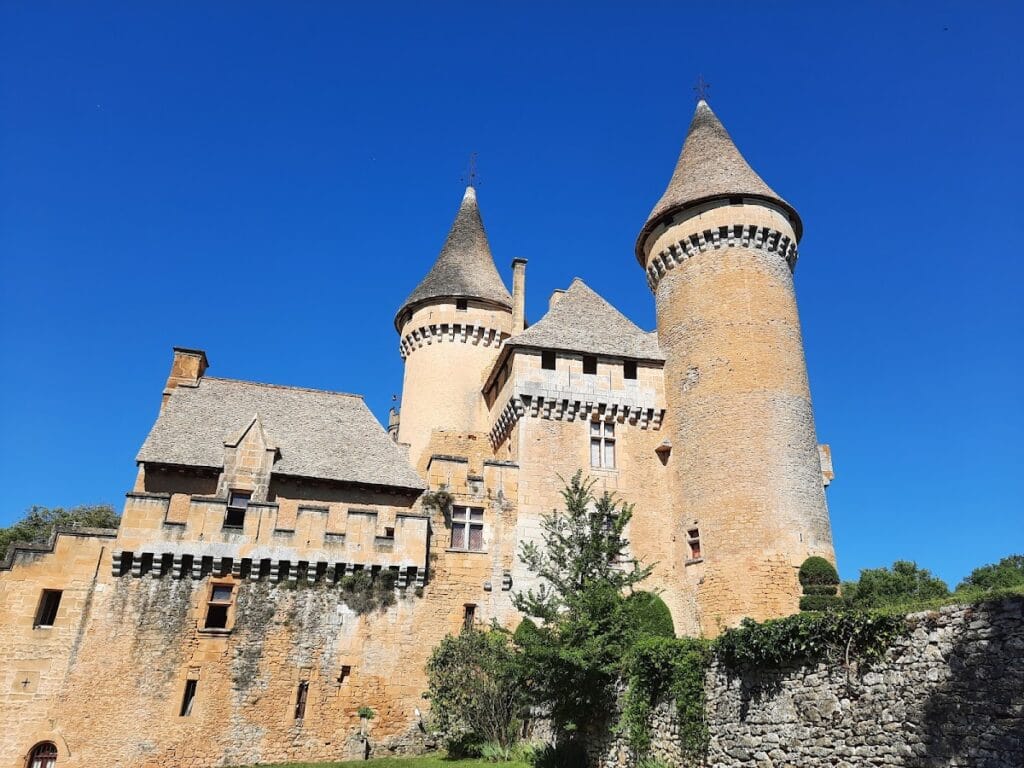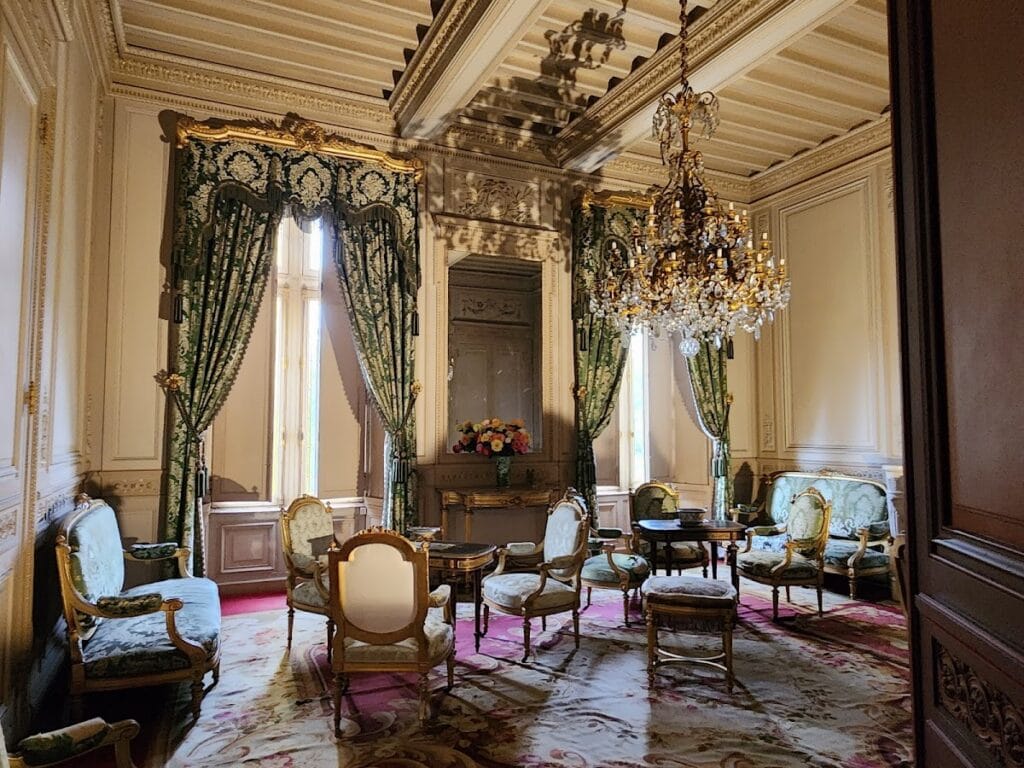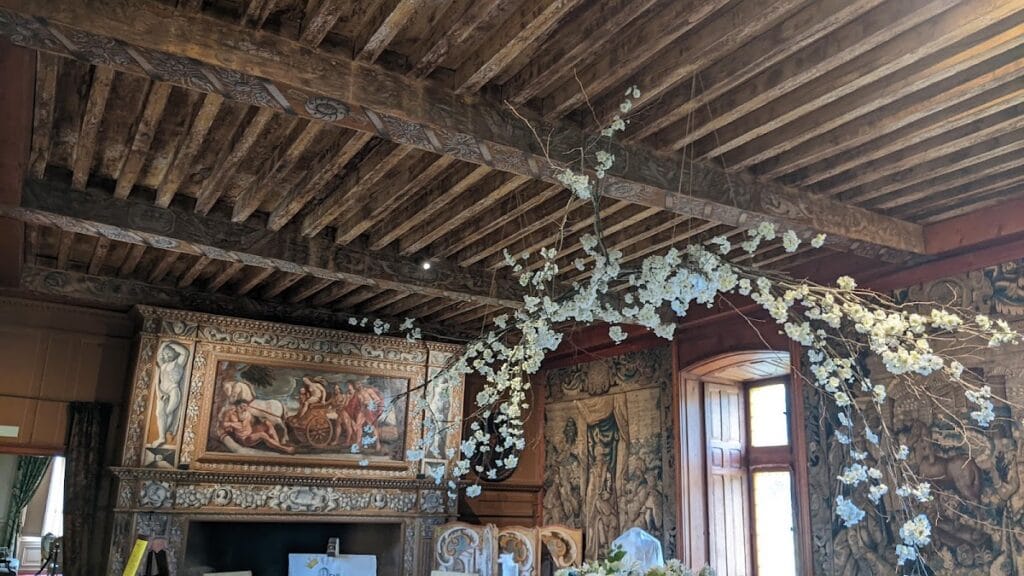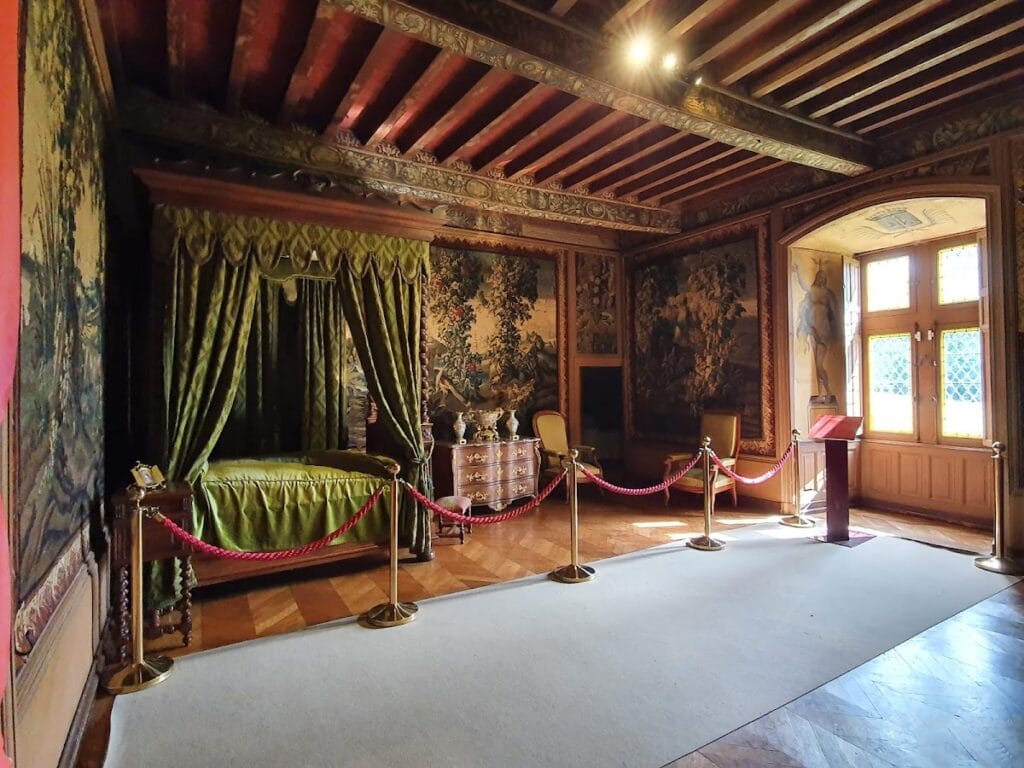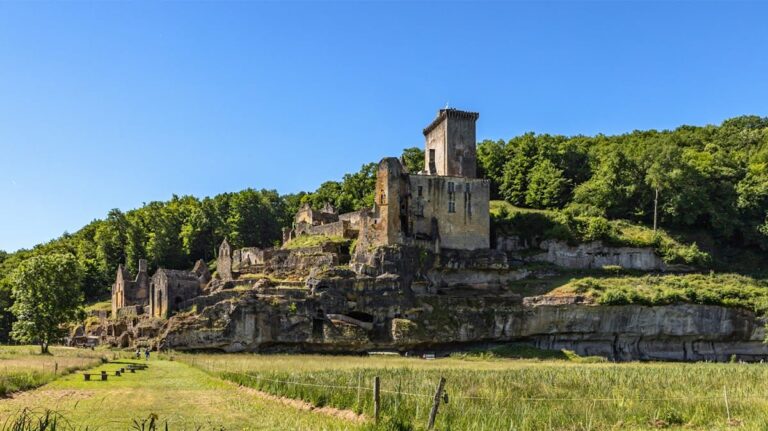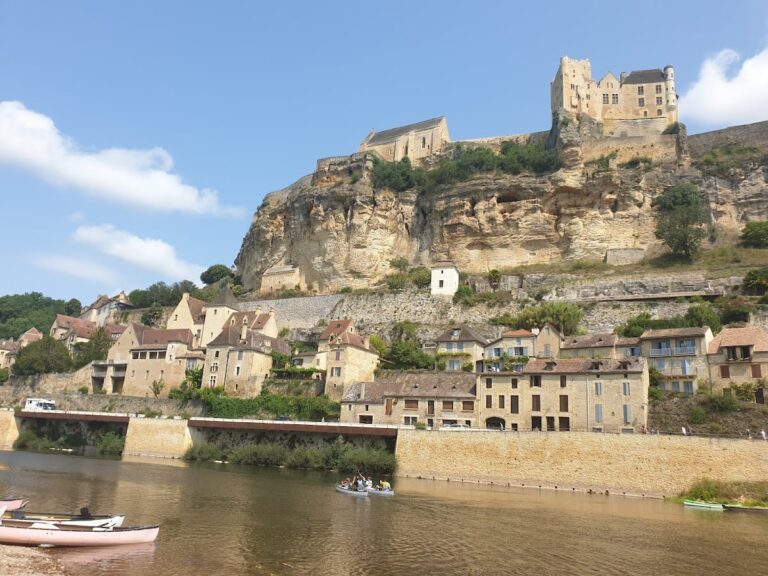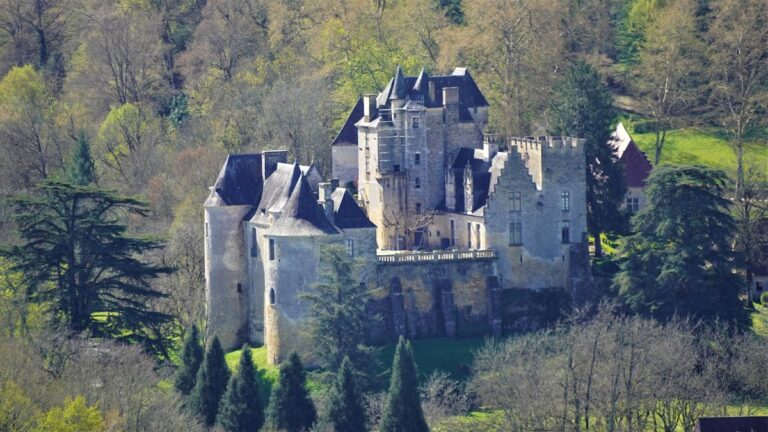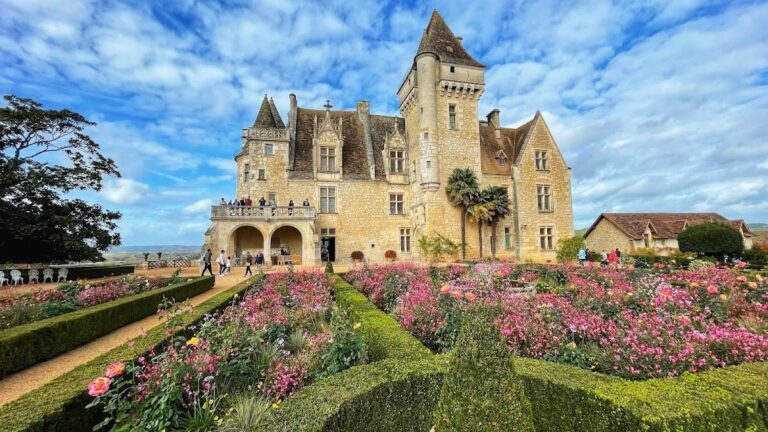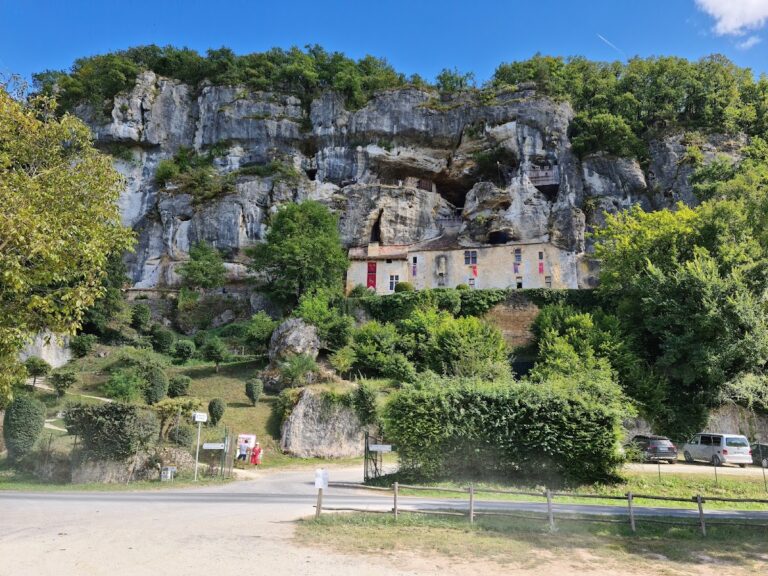Château de Puymartin: A Historic Castle in Marquay, France
Visitor Information
Google Rating: 4.4
Popularity: Medium
Google Maps: View on Google Maps
Official Website: www.chateau-puymartin.com
Country: France
Civilization: Medieval European
Remains: Military
History
Château de Puymartin is located in the commune of Marquay near Sarlat-la-Canéda, France. Its origins trace back to the late 13th century, when construction began around 1270 under the direction of the abbots of Sarlat. Later, ownership passed to the Serviens family. Positioned in a border area of strategic importance, the castle was seized in 1357 by English forces during the Hundred Years’ War, enduring significant damage as a result of sieges and attacks.
By the mid-15th century, the castle had fallen into abandonment. In 1450, Radulphe de Saint-Clar acquired the ruins and initiated a major rebuilding and enlargement campaign. This work included adding external architectural features and refurbishing the interiors to restore the castle’s standing. During the 16th century, Raymond de Saint-Clar, a descendant of Radulphe, distinguished himself by leading Catholic troops in efforts to recapture Sarlat-la-Canéda from Protestant Huguenots. He held the title “Captain Puymartin” for his role in these religious conflicts.
The 17th century was marked by a prolonged family dispute over the property. Siblings Jean and Suzanne de Saint-Clar contested ownership for about 40 years, after which Suzanne became the sole heir. The castle was subsequently deserted throughout the 18th century. Its decline deepened during the French Revolution when the owner at the time, François Roffignac de Carbonnier de Marzac, was imprisoned, contributing to the estate’s neglect.
Revival came in the late 19th century under Marquis Marc de Carbonnier de Marzac, who was the grandfather of the current owner. Utilizing his wife’s dowry, he invested approximately one million gold francs to restore the château in a neo-Gothic style. In 1920, his daughter married Count Jacques de Montbron, bringing the castle into the Montbron family lineage. Later, following the death of Henri de Chérade de Montbron in 2002, ownership transferred to his wife and children in 2003.
Legends associated with the castle include the story of Thérèse de Saint-Clar, a 16th-century châtelaine who, according to tradition, was imprisoned by her jealous husband for alleged infidelity. She was reportedly sealed inside a small room in the north tower, where she eventually died. Known as the “White Lady,” her ghost is said to appear near midnight on the staircase and battlements, a tale that has become part of the castle’s local heritage.
Remains
Château de Puymartin stands on a steep hill overlooking the Périgord Noir region, connecting the towns of Sarlat and Les Eyzies. The complex is formed by a series of buildings linked through towers and safeguarded by curtain walls, accessed by a gatehouse composed of two adjoining structures. One of these gatehouse buildings underwent extensive restoration, while the other, dating from the Renaissance period, serves as a notable example of 15th-century architectural style.
Inside the castle, visitors find interiors enriched with 17th-century furnishings and artworks. A prominent chamber features Aubusson tapestries, French-style ceiling beams, wood paneling, and fireplaces, reflecting elegant decorative choices typical of the era.
Among the castle’s most unique features is a small chamber on the second floor known as a “studiolo.” This intimate private study is adorned with eight wooden panels painted in grisaille, a technique using shades of grey to imitate sculpture. These panels illustrate mythological figures and scenes, including Alcyone, Argus, Bellerophon, Oeneus, Perseus, Meleager, Memnon, and Clytie. Created in 1679 by Philippe Lemaire, the decoration was based on engravings published in 1655. Although the exact meaning behind the studiolo’s iconography remains uncertain, suggestions include commemorating princely virtues or conveying religious messages. This chamber has been officially protected as a historic monument since 1977.
The castle’s preservation reflects a blend of its medieval origins, Renaissance enhancements, and 19th-century neo-Gothic restorations. The small room within the north tower, linked to the “White Lady” legend of Thérèse de Saint-Clar, still exists in situ and marks an enduring element of local folklore.
Near the château lies the privately owned Puymartin cave, celebrated for its Paleolithic horse paintings. While geographically close, this prehistoric site is distinct from the castle itself and is not integrated into its structure.
